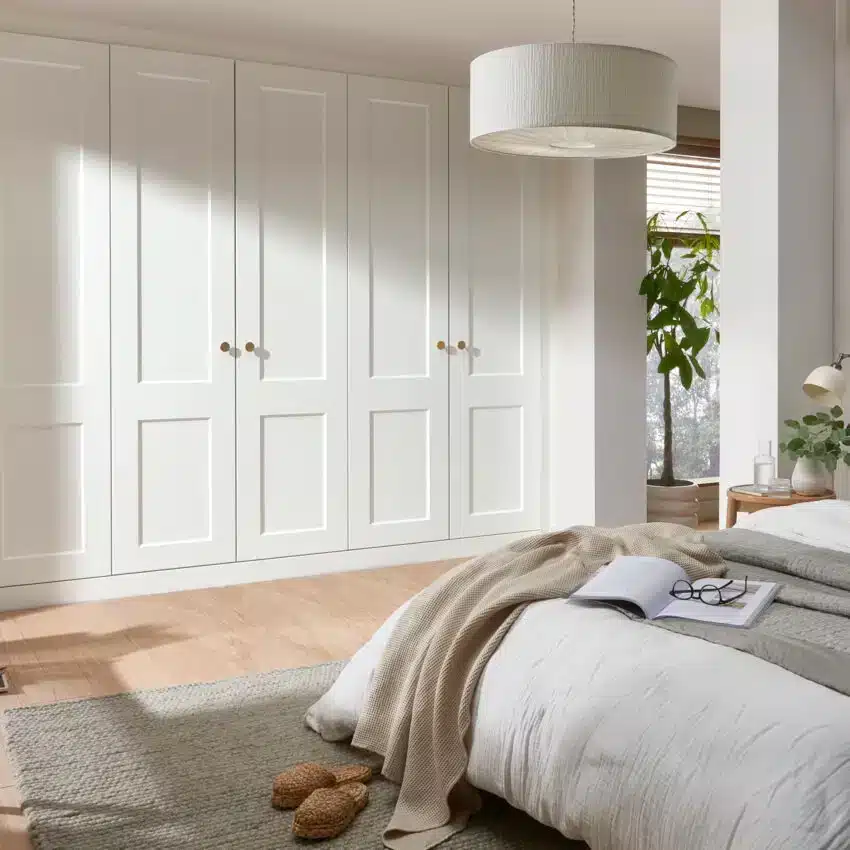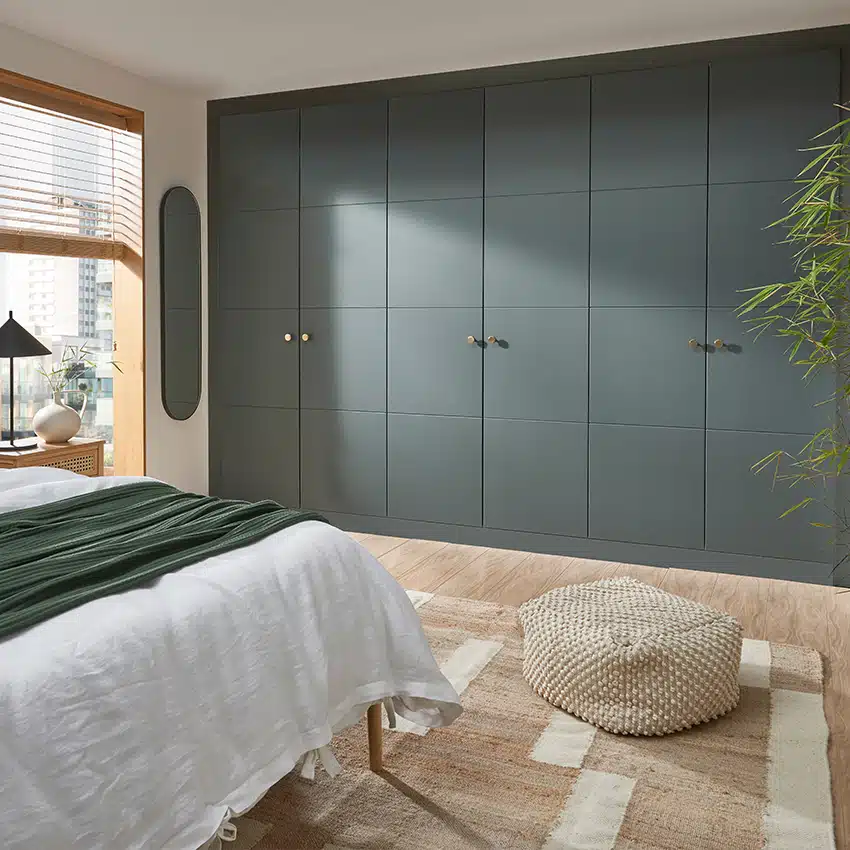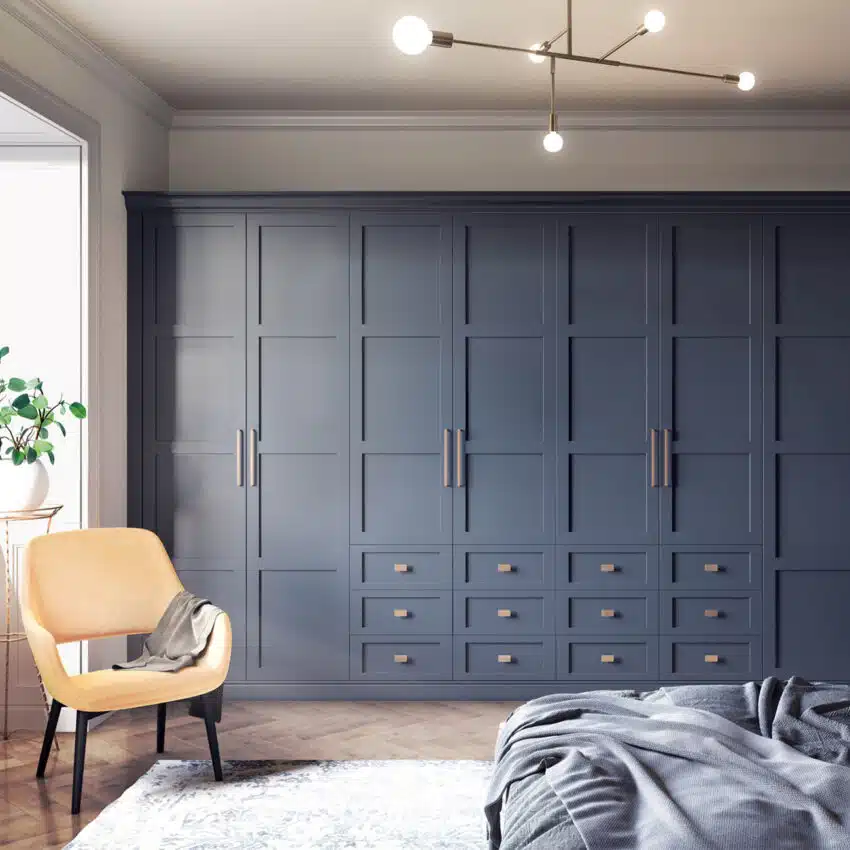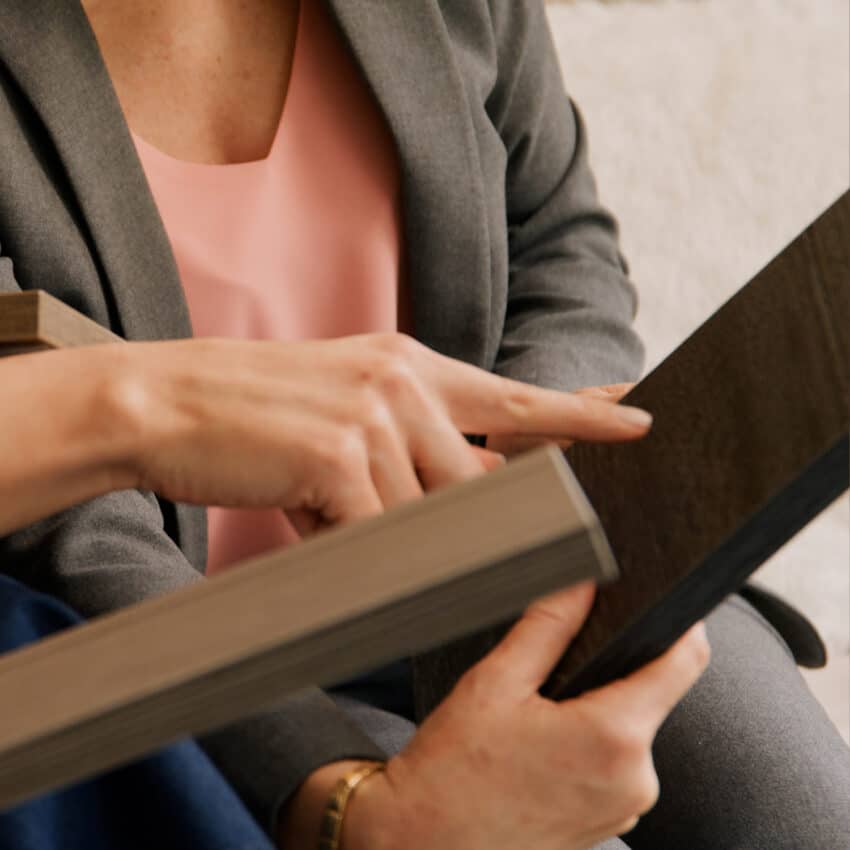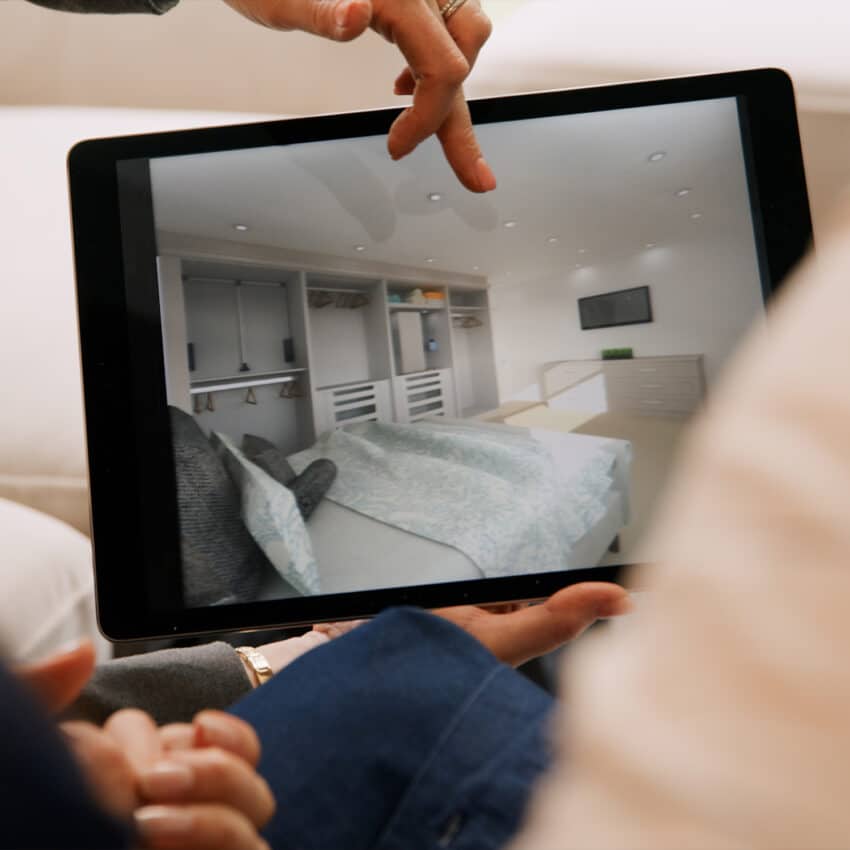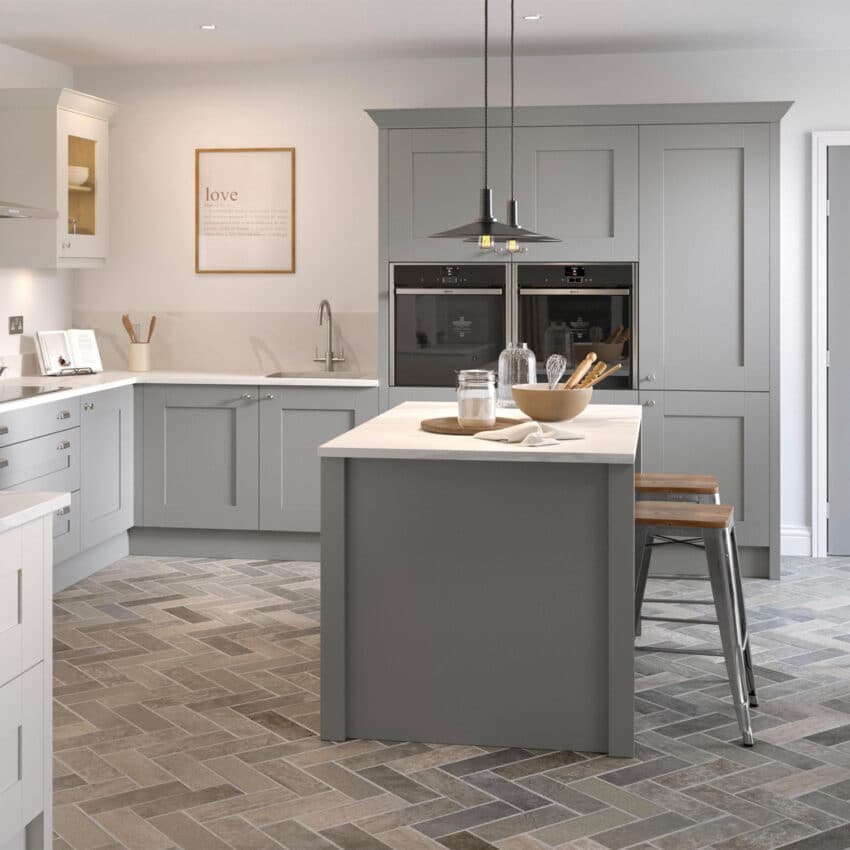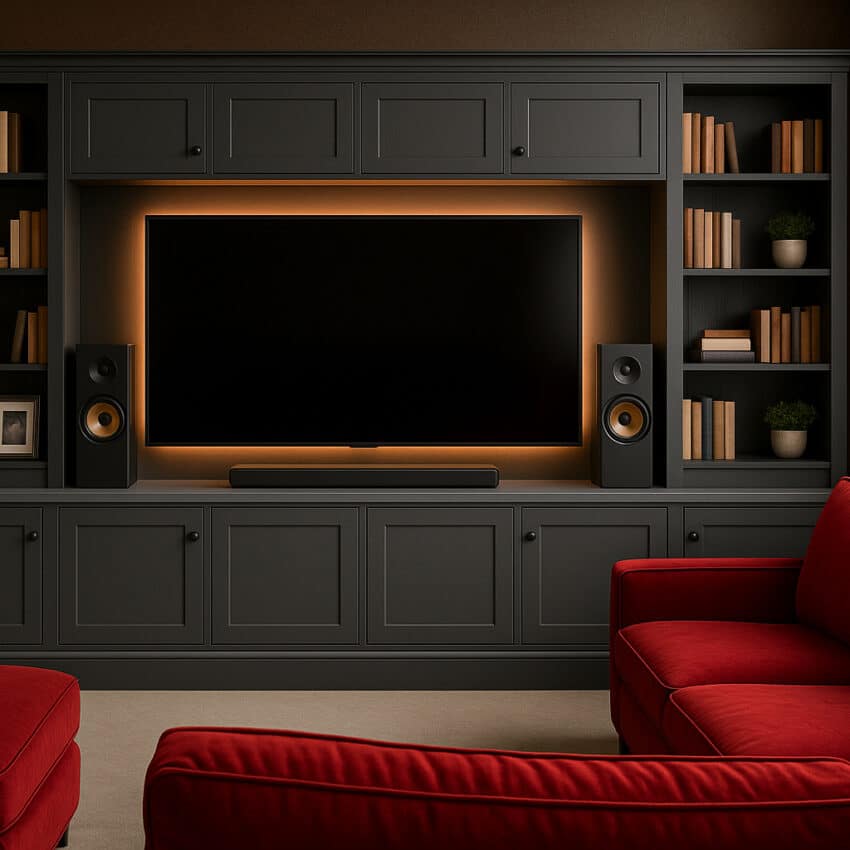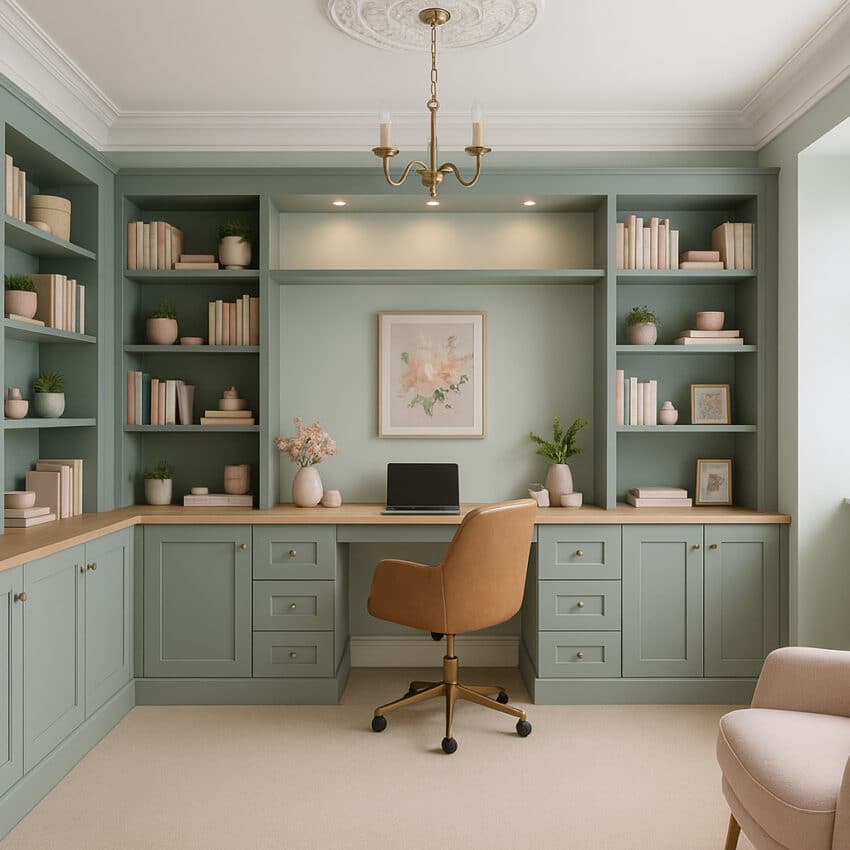The Latest Trends in Fitted Bedrooms: A Blend of Style, Functionality, and Innovation
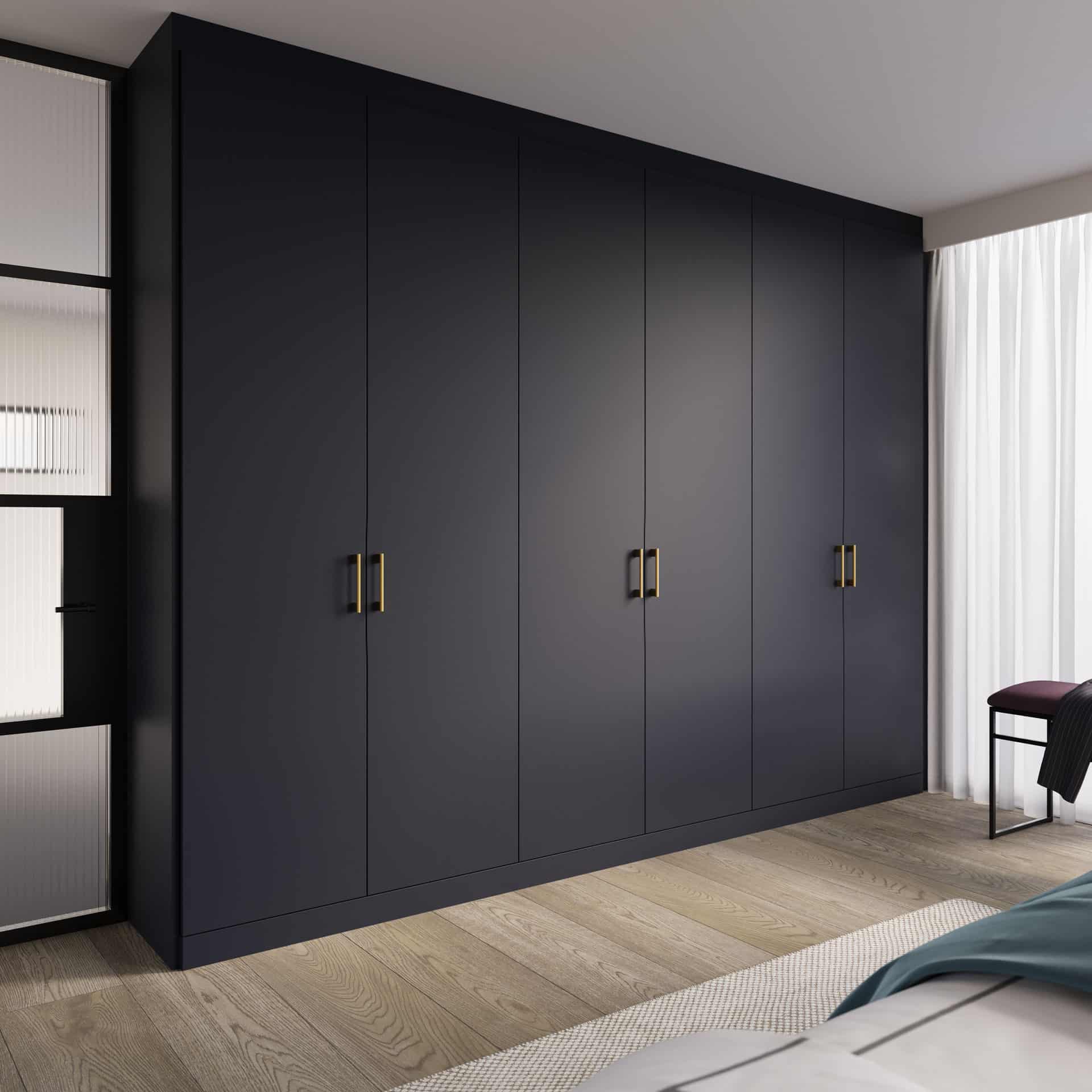
Fitted bedrooms have become a cornerstone of modern home design, combining practicality with aesthetic appeal. The sector is evolving rapidly, driven by trends in materials, colours, finishes, and functionality. In the UK, these trends are often influenced by continental Europe, where fashion houses and differing lifestyles set the tone for interior design. This article delves into the latest trends in fitted bedrooms, exploring how textures, colours, and innovative functionalities are transforming bedroom furniture.
1. Emerging Trends in Materials
Sustainable and Eco-Friendly Choices
The push for sustainability continues to influence material choices in fitted bedrooms. Recycled wood, bamboo, and sustainable laminates are becoming popular for their eco-friendly appeal and natural aesthetic. Many homeowners now seek materials certified by organisations like the Forest Stewardship Council (FSC), ensuring ethical sourcing.
Reclaimed wood is particularly in vogue, adding character and uniqueness to fitted wardrobes while promoting sustainability. It aligns well with a broader movement toward eco-conscious living, where furniture isn’t just stylish but also responsible.
Metallic Accents
Metallic materials such as brass, bronze, and matte black steel are being integrated into fitted bedroom designs. These elements add a touch of luxury and modernity, often seen in wardrobe handles, trims, and decorative hardware. The combination of wood and metal creates an industrial-chic aesthetic that’s both contemporary and timeless.
Glass and Mirror Features
Glass panels and mirrored finishes remain popular, especially in smaller bedrooms. They help create an illusion of space while adding an elegant, light-reflective quality. Smoked glass is an emerging trend, offering a subtler, more sophisticated alternative to clear or standard mirrors.
2. Colour Trends in Fitted Bedrooms
Neutral and Autumnal Hues
Neutral tones, such as beige, taupe, and soft greys, continue to dominate fitted bedroom colour palettes. These timeless shades create a calming atmosphere, ideal for restful spaces. However, the trend has evolved to incorporate autumnal hues like burnt orange, deep terracotta, and olive green, adding warmth and richness to interiors.
These earth-inspired tones work beautifully with natural wood finishes, creating a harmonious, grounded look that resonates with contemporary lifestyles. Layering these colours with contrasting textures, such as plush fabrics or rough-hewn wood, enhances their visual appeal.
Dark and Moody Shades
Dark colours are making a bold statement in fitted bedroom design. Charcoal grey, navy blue, and even black are being used to create dramatic, sophisticated spaces. These shades pair well with metallic accents and soft lighting, offering a luxurious and cocooning feel.
Pops of Colour
While neutrals dominate, strategic pops of colour are increasingly used to add personality to fitted bedrooms. For instance, accent walls inside wardrobes or bold-coloured drawers create unexpected, playful design moments without overwhelming the space.
3. Textural Innovation
The Rise of Heavy Textures
Textures are playing a pivotal role in the latest fitted bedroom designs, with heavy, tactile surfaces gaining popularity. Materials like ribbed wood, fluted panels, and rough stone finishes add depth and character, creating a sensory-rich environment. These textures contrast beautifully with smooth, sleek finishes, balancing visual interest with sophistication.
Fabric-Integrated Panels
Upholstered panels are being incorporated into fitted furniture, such as wardrobe doors and headboards, adding a soft, tactile element to bedroom designs. Velvet and boucle fabrics are particularly popular, lending a touch of luxury and warmth. These materials also complement the trend toward autumnal and neutral colour palettes.
4. Finishes and Details
Matte and Soft-Touch Finishes
Matte finishes are taking precedence over glossy ones in contemporary bedroom furniture. They offer a sophisticated, understated look while being resistant to fingerprints and smudges—a practical choice for daily use. Soft-touch finishes, which provide a velvety surface, are also gaining traction for their tactile appeal.
Two-Tone Designs
Mixing contrasting finishes within the same design is becoming a hallmark of modern fitted bedrooms. For example, combining light wood with dark accents or matte finishes with metallic trims creates a dynamic, layered aesthetic. This trend allows for greater customisation and personalisation.
Seamless and Handleless Designs
Minimalism continues to influence fitted furniture design, with seamless, handleless wardrobes becoming increasingly popular. Push-to-open mechanisms and integrated grooves replace traditional handles, creating a clean, streamlined look that enhances modern interiors.
5. Functionality and Innovation in Fitted Bedrooms
Customised Storage Solutions
The functionality of fitted wardrobes has reached new heights, with customisation options tailored to individual needs. Pull-out rails, adjustable shelving, and dedicated compartments for shoes, handbags, and accessories ensure every item has its place. These innovations maximize storage efficiency while keeping belongings organised and accessible.
Integrated Technology
Smart technology is revolutionising bedroom storage. From built-in LED lighting to app-controlled wardrobe systems, technology enhances both convenience and usability. Features like motion-sensor lights, automated wardrobe doors, and even climate-controlled sections for delicate clothing are becoming more common.
Hidden Workspaces
With remote work becoming a permanent fixture for many, hidden workspaces are finding their way into fitted bedroom designs. Fold-out desks and concealed storage for office supplies provide a functional solution without compromising the bedroom’s primary purpose as a sanctuary.
Multi-Functional Furniture
Fitted furniture that serves multiple purposes is increasingly sought after. Examples include wardrobes with integrated seating, headboards with built-in shelving, and ottomans that double as storage units. These designs are particularly valuable in compact bedrooms, where maximising functionality is key.
—
6. European Influences in UK Bedroom Design
UK bedroom design trends often draw inspiration from continental Europe, where fashion houses and lifestyle shifts dictate interior aesthetics. Scandinavian design principles, with their emphasis on simplicity, natural materials, and functionality, continue to resonate in UK homes. Meanwhile, Italian influences bring a focus on luxury, craftsmanship, and bold design statements.
The French approach to interiors, which balances elegance with effortless style, is also evident in the UK’s fitted bedroom trends. Parisian-inspired designs often feature soft, neutral tones, intricate detailing, and a mix of modern and vintage elements.
7. The Growing Popularity of Natural and Neutral Aesthetics
The preference for natural materials and neutral colours reflects a broader lifestyle trend toward mindfulness and well-being. Homeowners are seeking spaces that feel calm, grounded, and connected to nature. This shift is driving demand for fitted bedrooms that combine organic textures, earthy tones, and simple, clean lines.
Heavy textures, such as ribbed wood or boucle fabric, add warmth and depth to these neutral spaces, making them feel inviting rather than sterile. The combination of tactile surfaces with soft, muted colours creates a perfect balance of comfort and sophistication.
8. The Future of Fitted Bedrooms
Sustainability at the Core
As environmental concerns grow, sustainability will remain a key focus in the evolution of fitted bedrooms. Advances in materials, such as bio-based laminates and recycled composites, will provide eco-friendly alternatives without compromising on quality or style.
Hyper-Customisation
The future of fitted furniture lies in hyper-customisation, where every element is tailored to the homeowner’s exact needs. Modular systems that can be easily reconfigured or expanded will offer flexibility, ensuring furniture evolves with changing lifestyles.
Smart Storage Systems
Smart homes are becoming the norm, and fitted bedrooms will integrate seamlessly into this ecosystem. Voice-activated wardrobe lights, automated clothing organisers, and RFID tagging for easy outfit tracking are just a few possibilities on the horizon.
Biophilic Design
Biophilic design, which incorporates natural elements into interiors, is set to influence fitted bedroom trends. This could include incorporating live-edge wood, moss panels, or even greenery into furniture designs, creating a closer connection to nature.
Conclusion
Fitted bedrooms are evolving to meet the demands of modern living, blending style, functionality, and sustainability. Emerging trends in materials, colours, and finishes reflect a desire for personalised, calming spaces that cater to individual needs. Drawing inspiration from continental Europe, UK designs are embracing natural textures, autumnal tones, and innovative features to create timeless yet forward-thinking interiors.
As technology and sustainability drive the future of fitted bedrooms, homeowners can look forward to even smarter, more adaptable, and environmentally friendly solutions. These innovations promise to transform bedrooms into spaces that are not just functional but also deeply connected to personal well-being and the natural world.

